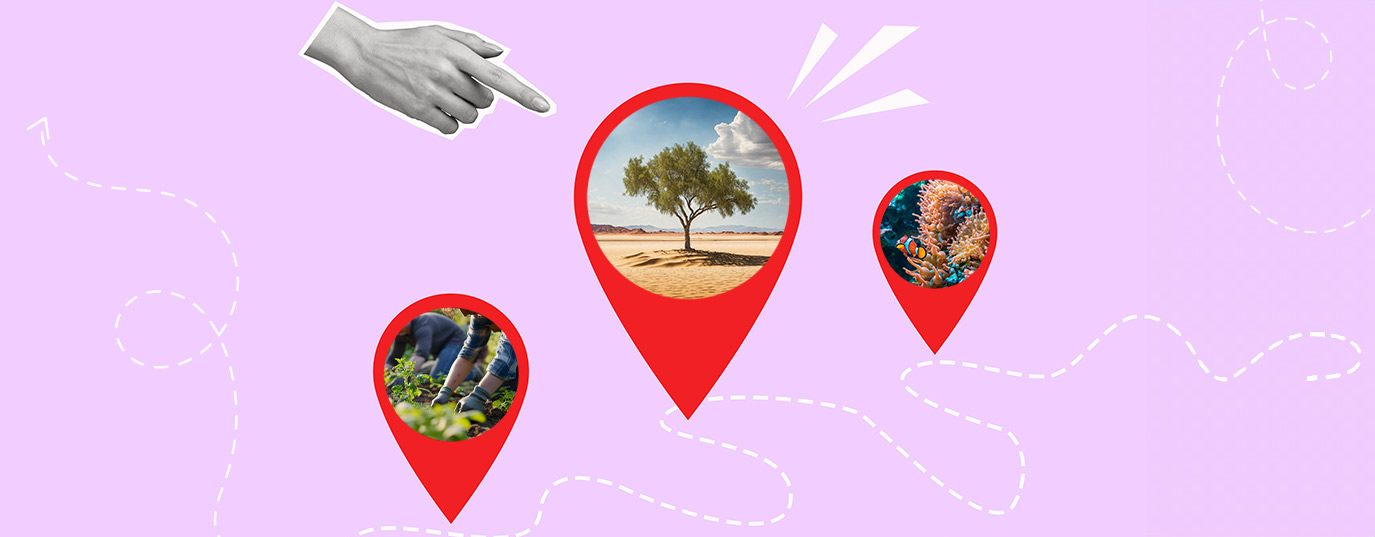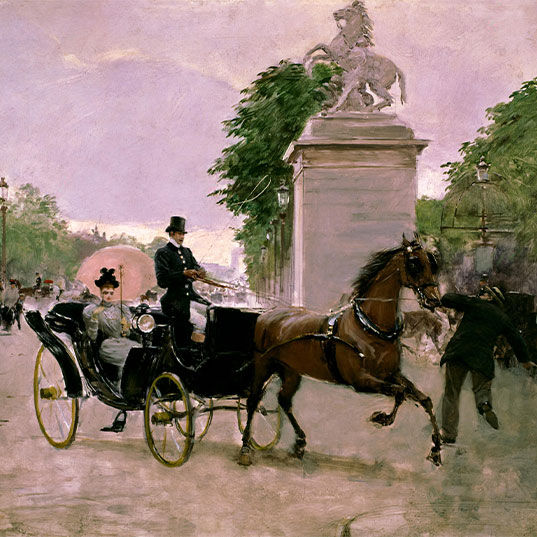How to combat overtourism
Cities such as Barcelona, Venice and Berlin have developed new measures to combat negative impacts of overtourism and ensuring a responsible and sustainable tourism
What you'll find here:
It's an image that is repeated more and more frequently: tens, hundreds or even thousands of people crammed together in front of a statue, a building, a bridge, a painting or a landscape. The location can vary: from Barcelona to Hong Kong, not forgetting Amsterdam, Venice, Paris and Reykjavik. There is one constant however: the saturation of tourists in a given space in which local residents also live, or try to live, with the resulting damage to their quality of life and the deterioration of the environment. This is what is broadly known as overtourism: The phenomenon of tourist overcrowding occurs in certain places when because of their popularity they wind up so saturated with visitors that it becomes impossible to enjoy them, look after them or manage them sustainably. Although overtourism is not a recent problem – in the 70s and 80s there were already studies that warned of this – it is now that concrete measures are starting to be put in place that can alleviate the burden of visitors that some holiday destinations are suffering, and ensuring and practicing sustainable tourism. These measures are not focused on discouraging tourists, rather on optimising their management in a sustainable manner for the benefit of the visitor, the resident and the environment.
Sustainable tourism vs. overtourism
We understand sustainable tourism as that which supposes a socioeconomic boost for the area without impacting negatively on the environment and the urban setting. Among the benefits of this type of tourism, those which stand out are help with poverty reduction, the restoration of rural or deprived areas, the boosting of markets and local products, the improvement of infrastructure and protecting the heritage. Furthermore, it helps the cultural and personal enrichment of the visitors, who are getting to know cultures and societies first-hand that are different from their own. In contrast with the benefits of sustainable tourism, the overtourism that is currently occurring in some areas brings with it a multitude of negative aspects. One of the most evident is the deterioration of the environment, often biosphere reserves, nature reserves or similar. It can also create conflict with local members of society, who are sometimes unable to carry out their day-to-day work or leisure activities because of the saturation of people in their area. In certain places it is provoking price inflation: in housing, rental accommodation, products, goods and services, etc. And it can spoil the local culture, making it susceptible to external interference.
Measures against overtourism

Cities threatened by overtourism such as Barcelona, Venice, Berlin, Amsterdam and Bruges have already made moves to better manage their visitors and environmental impact of tourism.
- In the case of Barcelona, the city council has prohibited the construction of new hotels in the centre and it has established a tourist bus line to the beaches, at the same time as focusing on unregulated rental apartments, sanctioning and closing many of them.
- In Venice, a city that since 1950 has lost 100,000 inhabitants and receives 20 million visitors per year,access controls have been put in place to discourage tourists from visiting the centre when it is full. Furthermore, the famous vaporetto boats that navigate the canals will give preference of use to residents.
- In Amsterdam, efforts have been centred on rental apartments, limiting the length of stay, and prohibiting the construction of new hotels since 2005. In addition, to avoid great crowds of people on public roads, each tourist guide can take 20 persons at a time instead of the 60 persons that they could take up until now.
- Bruges, for its part, is an example of harmonious coexistence after imposing a series of sustainable tourism measures. It is not permitted to have parties in the street and tourist buses cannot access the centre of the city, where the use of scooters and tourist taxis is also restricted to ensure that Bruges' 100,000 inhabitants are not inconvenienced by the eight million annual visitors.
- Berlin is also suffering from the havoc caused by overcrowding of overtourism and the popular suburb of Kreuzberg has prohibited the pulling of suitcases with wheels so the din does not disturb the residents. It has also limited the number of private apartments that are rented out under strong economic sanctions.
Sources: Responsible Travel, Responsible Tourism Partnership, The Telegaph, nuevatribuna.es, Biospheretourism, Entorno Turístico and Cerodosbe.







